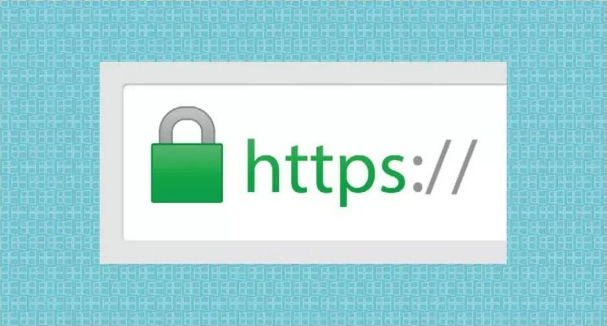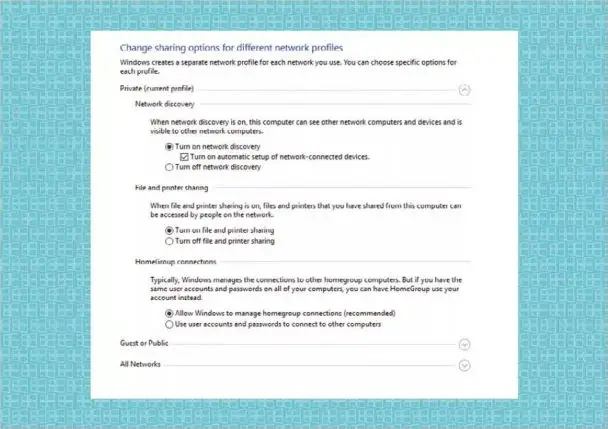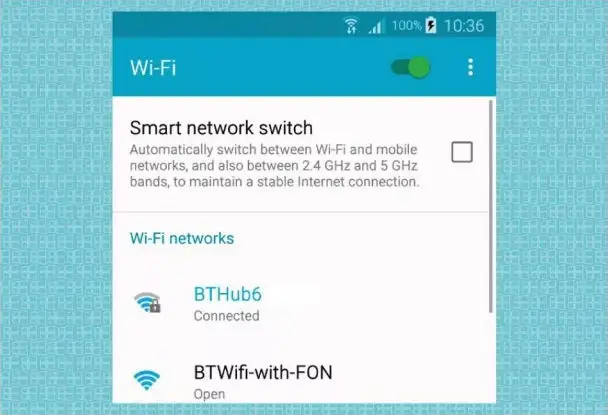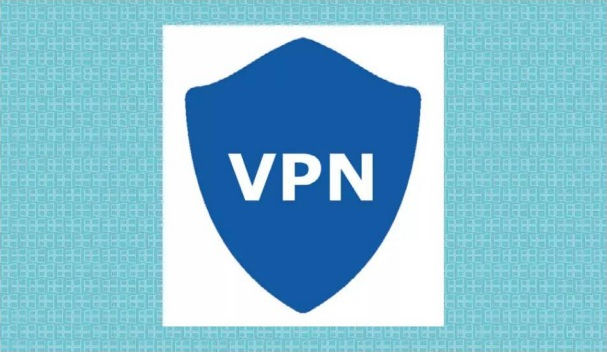In an age where data interception is a legitimate concern, especially when using public Wi-Fi, there are various steps you can take to safeguard your information. While it might seem like a fearmongering, the reality is that data interception is a genuine threat, and it’s crucial to be proactive in securing your data. Here are ten tips to help you fortify your data against interception.
SEE ALSO:
- Top 10 Green Cloud Providers for Sustainable Infrastructure
- How to View a LinkedIn Profile Without Them Knowing You’ve Visited It
Ensuring Your Online Safety
Even with the diverse methods hackers employ to intercept your incoming and outgoing data, you have the means to shield yourself. Here, you’ll find ten valuable tips to safeguard your data from potential interception.
TIP 1: Be Wary of Public Wi-Fi
Not all public Wi-Fi networks are unsafe, but it’s wise to exercise caution. Avoid conducting sensitive transactions, such as online banking, over public Wi-Fi. Even the best security software and firewalls can’t fully protect your data if you’re not vigilant about information security.

TIP 2: Beware of Fake Wi-Fi Access Points
Identifying fake Wi-Fi access points, such as “Evil Twin” networks, can be challenging. To be safe, double-check with establishment staff, like cafes, airports, or restaurants, to ensure you’re connecting to the legitimate Wi-Fi network. Be skeptical of networks with names like “Free Wi-Fi Here.”

TIP 3: Verify Website Authenticity
Always verify the authenticity of a website. Look for spelling errors, outdated logos, or any discrepancies that raise suspicions. If a banking site appears different from your last visit, delay logging in until you’re on a secure network.

TIP 4: Keep Security Software Updated
Before using public Wi-Fi, ensure that your security software is up to date. This is particularly important when connecting to airport Wi-Fi or similar networks, as well as checking that your security client is in good working order.

TIP 5: Use HTTPS for Secure Browsing
Whenever possible, use HTTPS to access websites. HTTPS encrypts your data, making it significantly more challenging for hackers to intercept and decipher your information. Consider browser add-ons like “HTTPS Everywhere” for added protection.

TIP 6: Disable File Sharing
When connected to a public Wi-Fi network, disable file sharing to prevent your device from unintentionally sharing data with other users on the same network. While sharing is great for home or work networks, it can pose risks on public networks.

TIP 7: Turn Off Wi-Fi When Not in Use
If you don’t plan on using public Wi-Fi, ensure your device’s Wi-Fi is turned off. Some devices may automatically connect to available networks, so manually disabling Wi-Fi helps mitigate this risk.

TIP 8: Utilize a VPN
Employing a Virtual Private Network (VPN) is an excellent strategy for safeguarding your data packets. While interception remains possible, VPN encryption renders your data virtually indecipherable, adding an extra layer of security.

TIP 9: Prevent Shoulder Surfing
Minimize the risk of shoulder surfing by keeping the area behind you clear and entering passwords as discreetly as possible. Shield your keyboard and periodically scan your surroundings to ensure no one is watching over your shoulder.

TIP 10: Implement Two-Factor Authentication
Whenever feasible, opt for two-factor authentication. Many banks and secure websites utilize this method, combining a standard login with a unique code sent via text to your registered phone number. This added layer of security ensures the legitimacy of the site and makes it more difficult for hackers to gain unauthorized access.

By following these tips, you can significantly enhance your data security and reduce the risk of interception when using public networks.
Featured image credit: pixabay.com

Comments